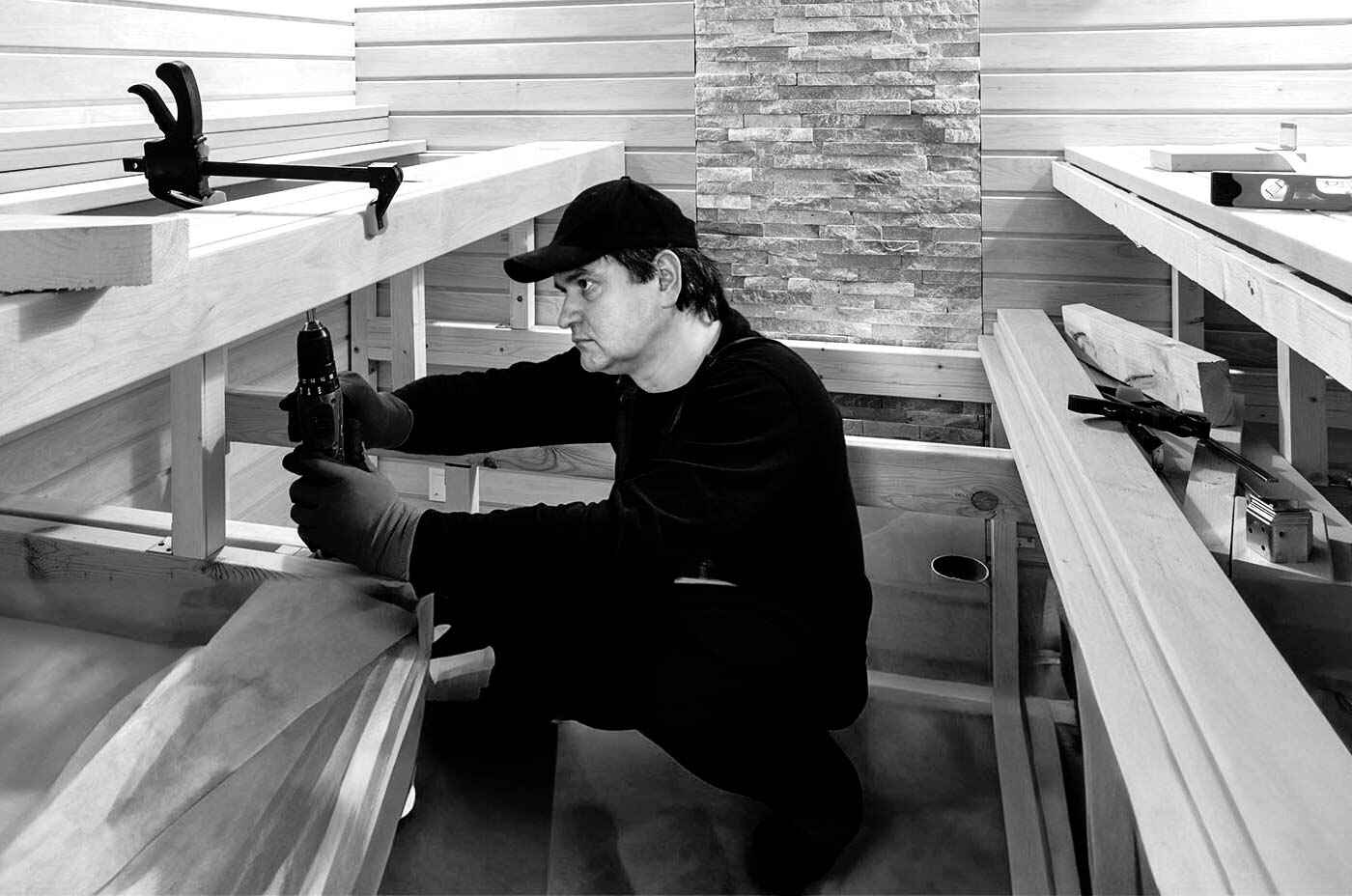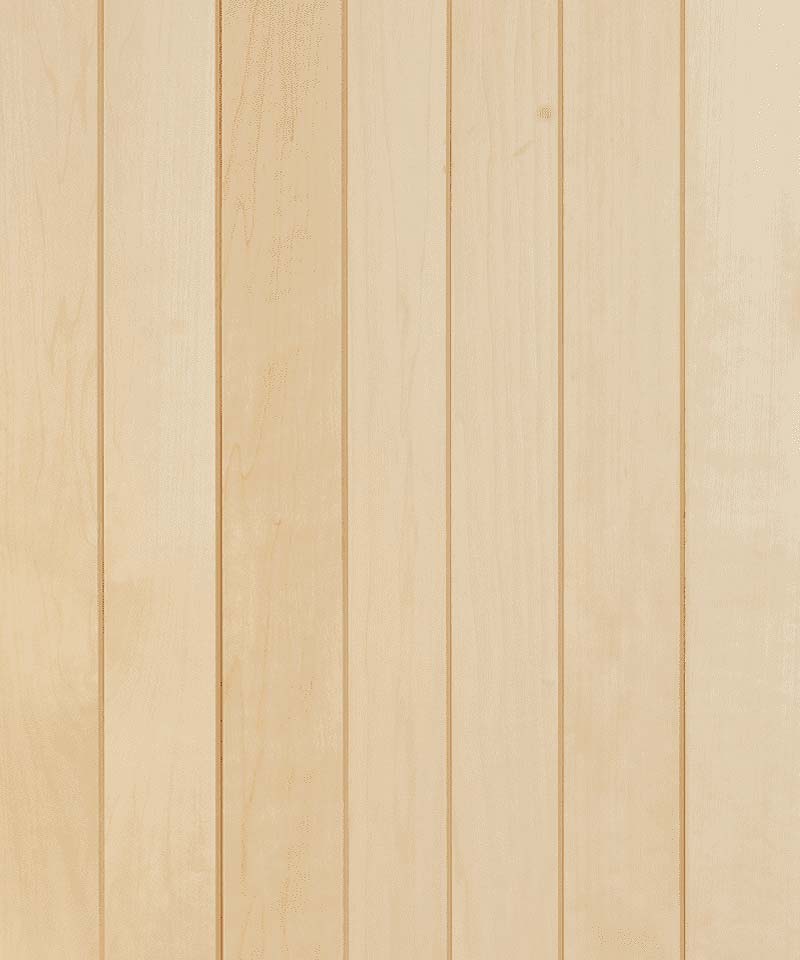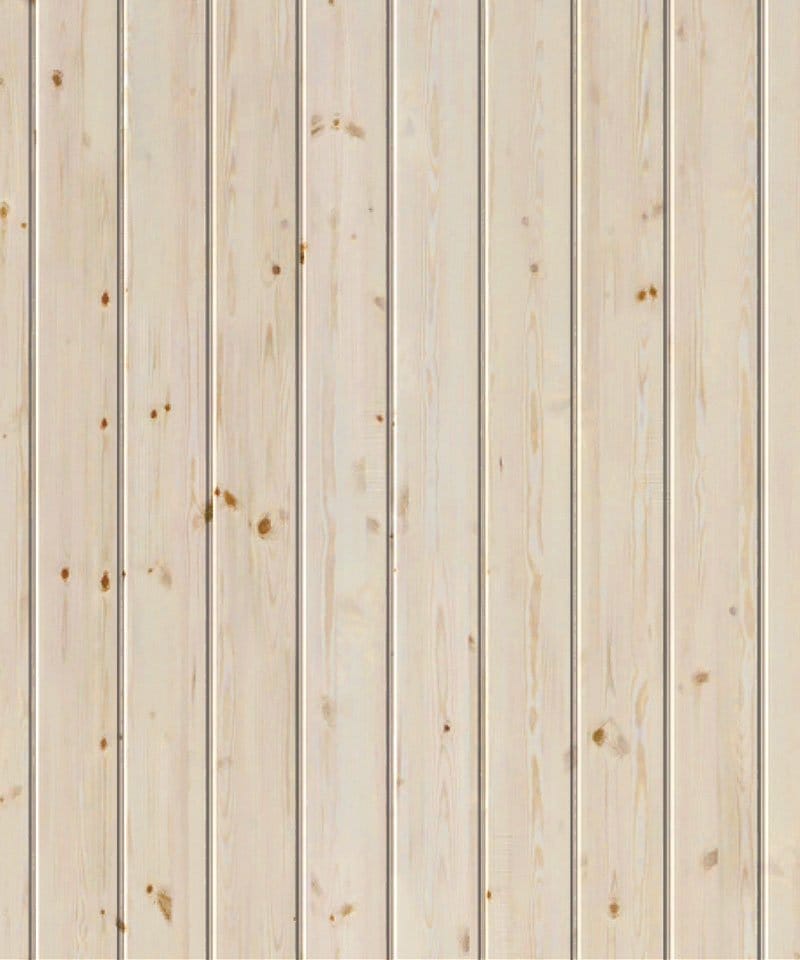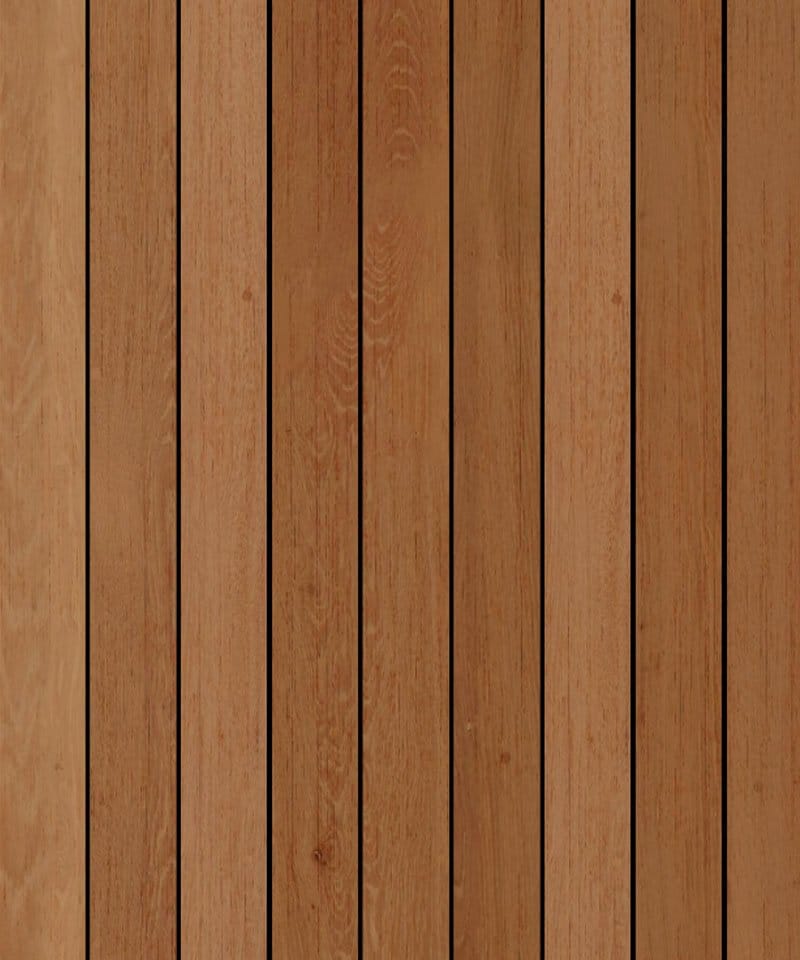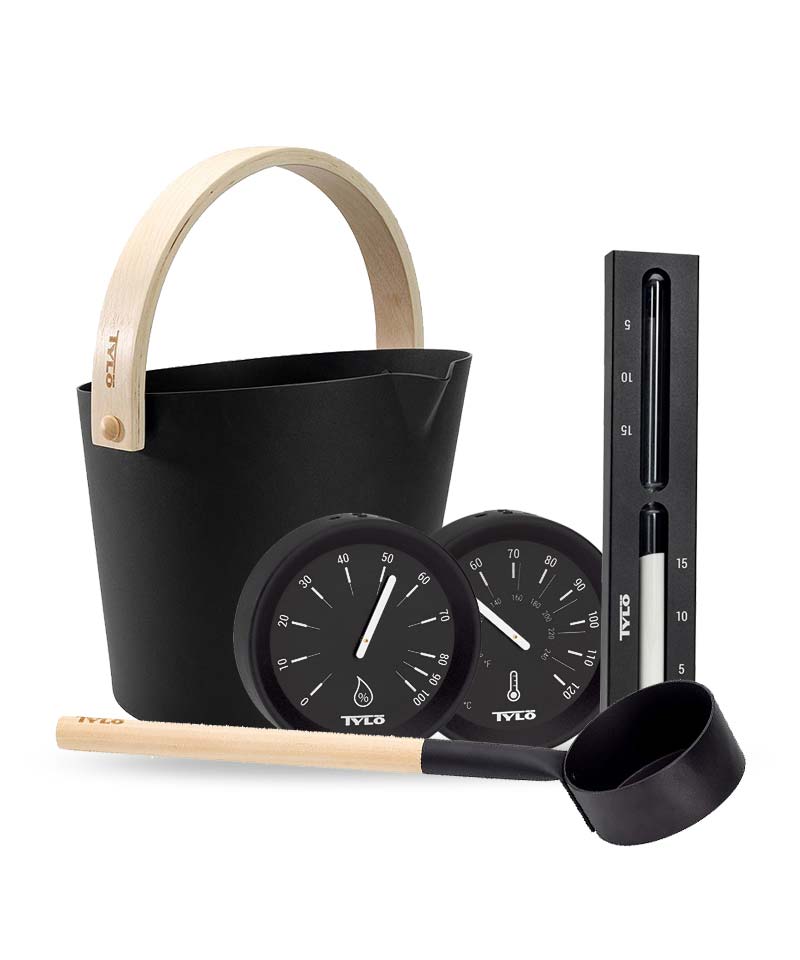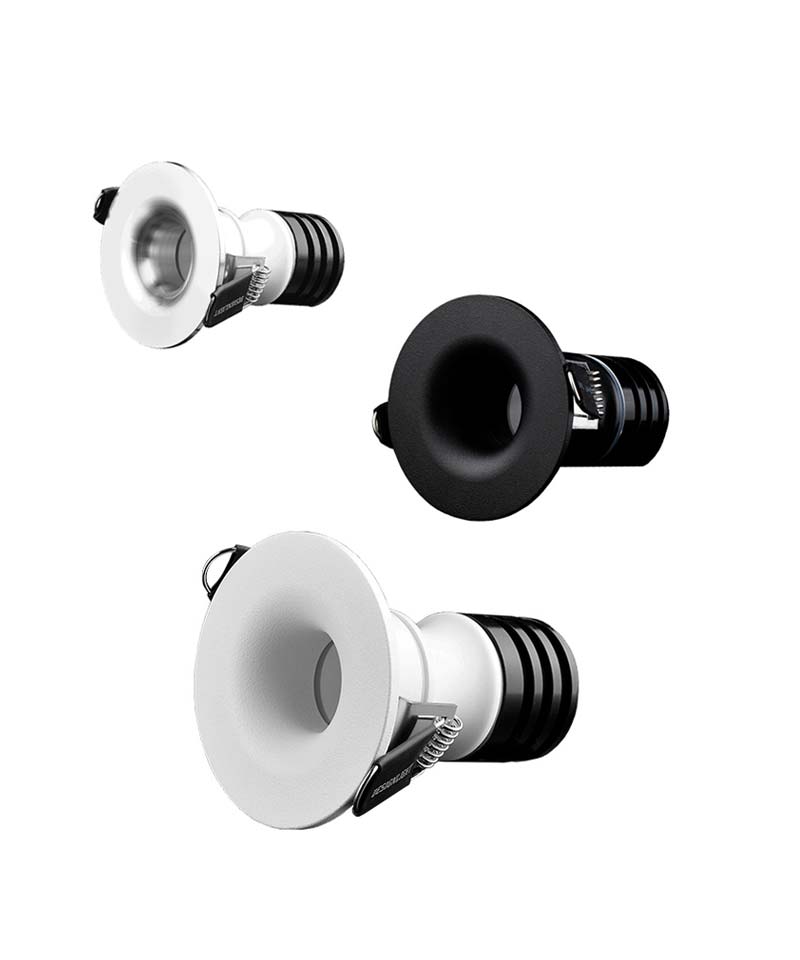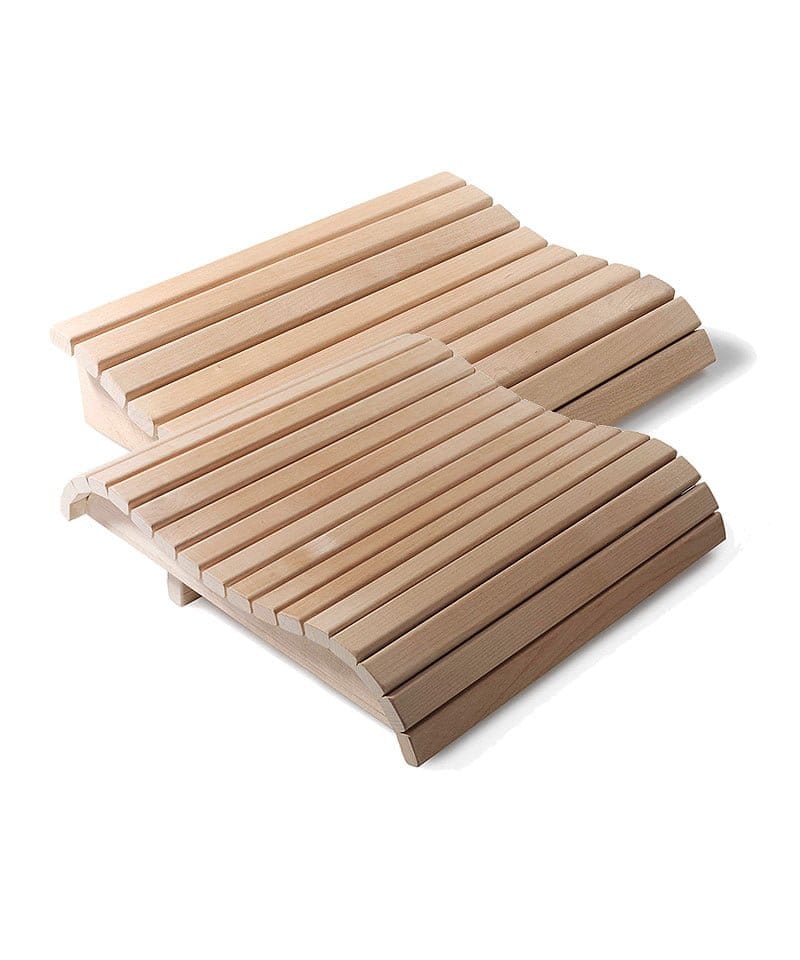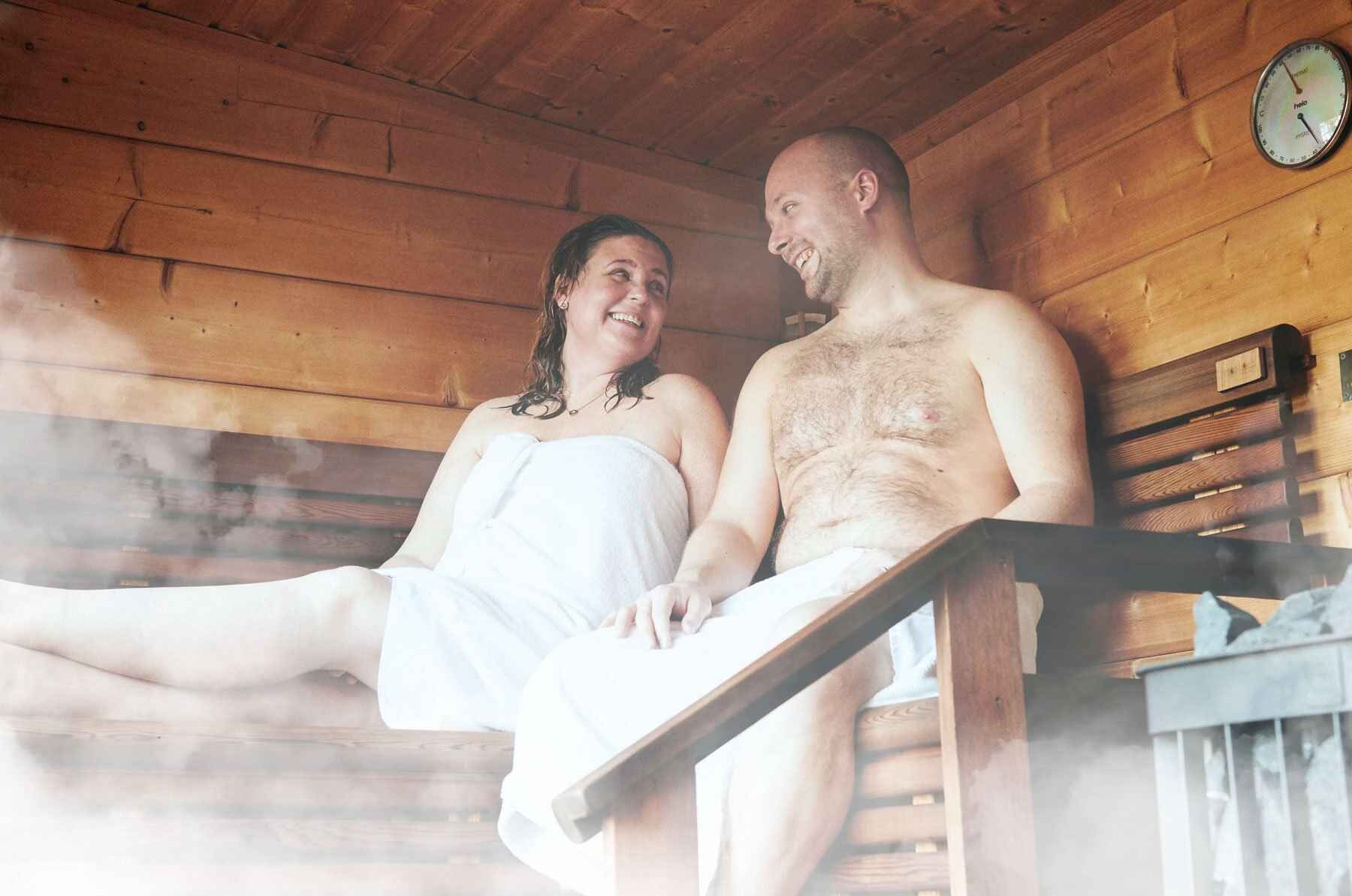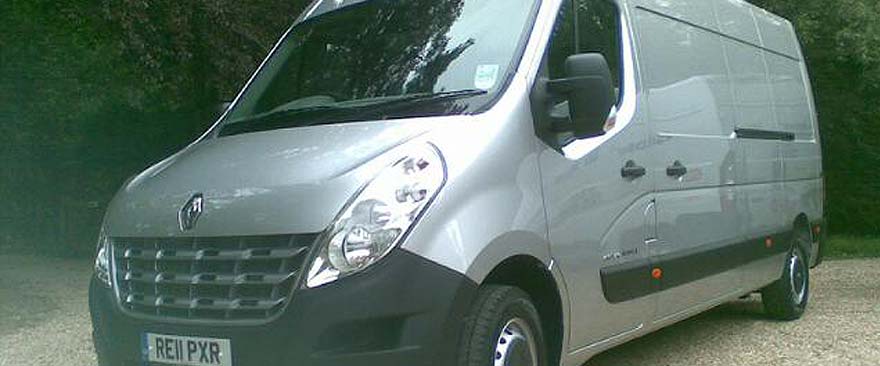Creating a home sauna is a rewarding project that brings the luxury of relaxation right into your living space. In this comprehensive guide, we’ll provide all knowledge you need to build a sauna at home. From selecting the best sauna wood to ventilation and heating, we’ll cover all the essentials of design and functionality.
Whether you’re a DIY enthusiast or working with professionals, we’ll help you turn an unused corner of your home into a personalised haven of warmth and well-being. Get ready to embark on a practical journey into the world of home sauna construction.
The modern sauna as we know it today was developed in Finland in the early 20th century, and it has since become popular around the world. The first saunas were heated with wood-fired stoves. They were typically small, simple structures that were built into a room or an outdoor space.
Table of contents
Today, saunas can be found in a variety of sizes and styles, from infrared to traditional. Furthermore, they can be powered by a range of heat sources, including wood, electricity, and gas.
Basic steps to build a sauna at home
- Choose a location for your sauna. It should be a dry, well-ventilated space, away from any sources of water.
- Decide on the size and layout of your sauna. You’ll need to determine the size of the room and the number of benches you want to include.
- Choose materials for your sauna. You’ll need to select the type of wood to use for the walls, ceiling, and benches, as well as the type of heater you want to use.
- Assemble the sauna room. You’ll need to build the frame for the walls and ceiling, and install the benches and heater.
- Install the sauna door and windows. You’ll need to choose a door and windows that will allow for proper ventilation and insulation.
- Finish the sauna. You’ll need to install lighting, hook up the electrical system, and apply any final finishes to the sauna.
It’s important to note that building a sauna requires some carpentry and electrical skills, and it is recommended to hire a professional to ensure the job is done safely and correctly.
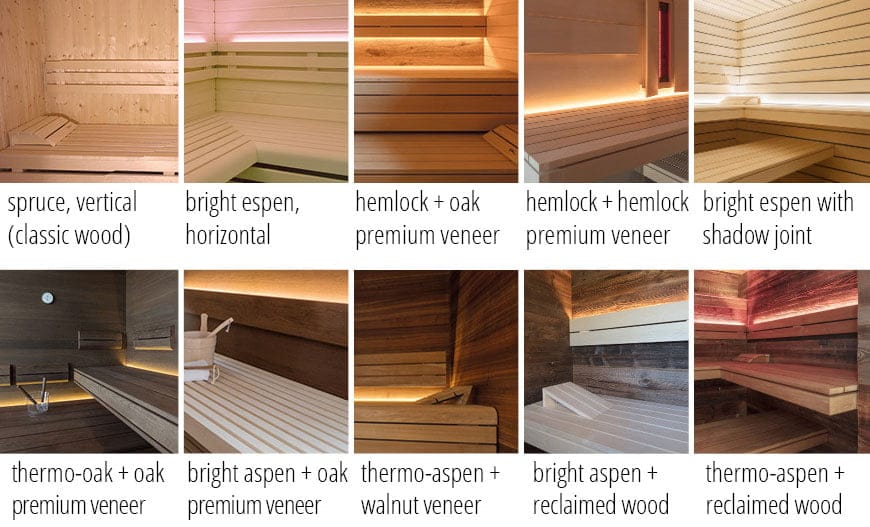
There are many types of wood you can use when building a sauna at home.
Wood types used for home sauna building
Common wood types used for saunas are cedar and spruce. They are reasonably durable, rot-resistant, and offer pleasant aromas. Other types of wood that can be used for saunas include hemlock, and pine. When choosing wood for your sauna, it’s important to select a species that is resistant to moisture and rot, as the sauna will be exposed to high levels of heat and humidity.
You’ll also want to choose wood that is free of knots, as they can weaken the structure of the sauna over time. Finally, make sure to use wood that has been properly dried and treated, as wet or untreated wood can shrink and warp once it is installed in the sauna.
Popular wood for home saunas
The most popular wood for traditional home saunas is cedar. It has all the necessary features such as durability and resistance to decay, plus it is reasonably low cost. Other popular types of wood used for saunas include spruce, hemlock, and pine. When choosing wood for your sauna, it’s important to select a species that is resistant to moisture and rot, as the sauna will be exposed to high levels of heat and humidity.
You’ll also want to choose wood that is free of knots, as they can weaken the structure of the sauna over time. Finally, make sure to use wood that has been properly dried and treated, as wet or untreated wood can shrink and warp once it is installed in the sauna.
The cheapest home sauna wood
Spruce and pine are often more affordable options for sauna construction when compared to wood such as cedar or hemlock. Nordic spruce, in particular, is commonly used for home saunas and tends to be more budget-friendly. It has good durability and stability when properly treated. Additionally, pine is also used when building a low cost home sauna.
While these woods might be more economical, it’s crucial to ensure that the wood is suitable for sauna building. It should be kiln-dried and free of defects.
Size considerations for a home sauna
There is no minimum size for a home sauna. That said, the minimum height for a sauna is generally accepted to be 190cm. This is because of generally understood safety principles. Ultimately it depends on your personal preferences and the space available in your home. However, a typical home sauna is around 4 x 4 x 7 feet tall, and can accommodate 1-3 people at a time.
For larger home saunas, you can increase the width and depth accordingly whilst keeping the height a minimum of 190cm. It’s important to note that the size of your sauna will inevitably affect the costs, the complexity of the project, and the power output of sauna heater you to use.
Costs of building a home sauna
The cost of building a sauna at home depends on a variety of factors, including the size and layout of the sauna, the materials used, and the type of heater you choose. On average, you can expect to spend between £3,000 – £15,000 to build a home sauna. Some of the major costs to consider include:
- Wood: The cost of wood will vary depending on the type of wood you choose, as well as the size of the sauna. Cedar, hemlock and redwood are more expensive options, while spruce and pine are more affordable.
- Heater: The type of heater you choose will also affect the cost of your sauna. Electric sauna heaters are generally the most affordable option. While wood-fired heaters are a more attractive option they are also more expensive.
- Doors and windows: You’ll need to purchase a door and windows for your sauna. These can range in price from a few hundred pounds. You may even be considering a glass front sauna which will further increase your costs.
- Electrical work: If you’re building a sauna with electric heater, you’ll may need to hire an electrician. Installing a sauna heater may appear straight-forward, but you should always consider your safety first.
- Finishes: Adding any finishing touches to your sauna, such as RGBW lighting, tiles or salt walls will also add to the overall cost of the project.
It’s worth noting that these estimates are rough, and the actual cost of building a home sauna will depend on your specific project and the materials and labour costs in your area.
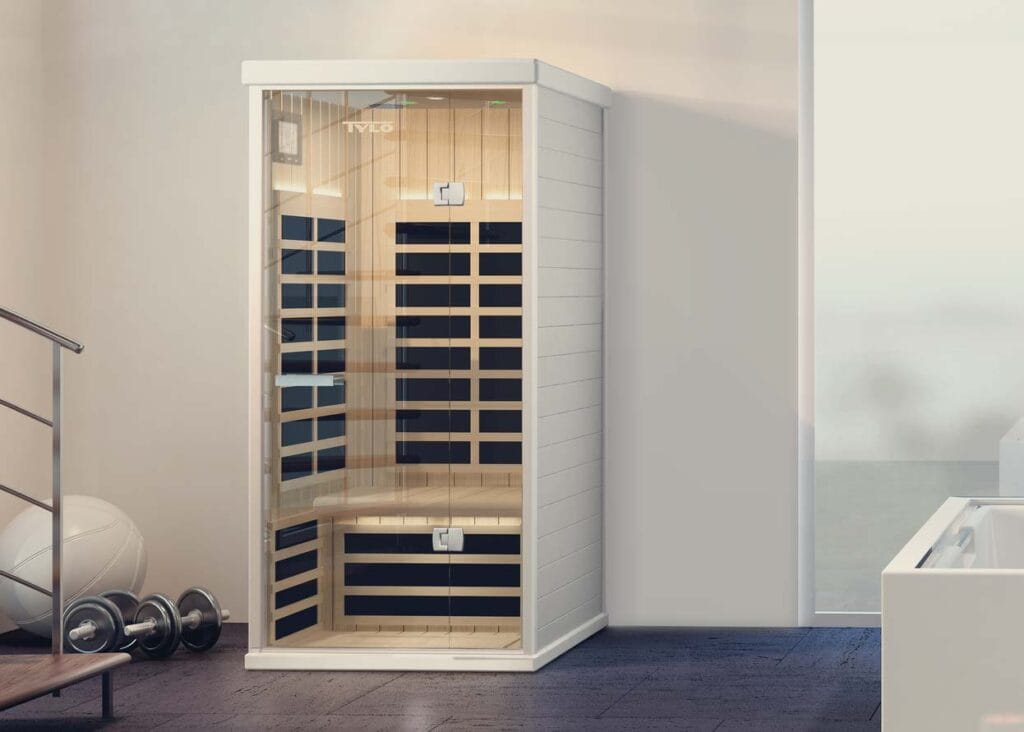
Infrared sauna cabin from brands such as Tylo and Harvia have become increasingly popular.
Type of saunas you can build at home
There are three main types of saunas that are commonly used for home use. These are traditional saunas, infrared saunas, and steam saunas. Here’s a brief introduction to each type of home sauna:
- Traditional saunas: Traditional saunas are the most common type of sauna. They use heat and steam to create a hot and humid environment. Typically, they are heated with a wood-fired or electric heater. The heat is circulated throughout the sauna using various types of sauna stones. Traditional saunas can be built inside or outside of a home. Notably, they can be constructed using a variety of materials, including wood, brick, salt and tile.
- Infrared saunas: Infrared saunas use infrared technology to heat the sauna. They are generally more efficient and can heat up faster than traditional saunas. Infrared saunas are typically smaller than traditional saunas, making them a convenient choice. They are also more energy-efficient and may be more affordable in the long run.
When choosing a sauna for home use, it’s important to consider your budget, available space, and personal preferences. You may also want to consult with a professional sauna manufacturer to help you select the best type of sauna for your needs.
Type of heaters used in home saunas
There are several types of sauna heaters to choose from when you build a sauna at home. The best option for you is a matter of personal preferences and budget. Here are some of the most common types of sauna heaters:
- Electric heaters: Electric heaters are the most popular choice for home saunas because they are easy to install and maintain. They work by heating up a series of rocks with metal elements, sort of like a giant kettle for stones. The hot stones then radiate heat into the sauna and you can ladle water over them for steam. Electric heaters are generally the most affordable option.
- Wood-fired heaters: Wood-fired heaters are more traditional and use wood as the primary fuel source. They require more maintenance than electric heaters, as you’ll need to refill the wood supply and clean out the ashes. However, they can provide a more authentic sauna experience and may be more efficient at heating a large sauna.
- Infrared heaters: Infrared heaters use infrared technology to heat the sauna, rather than heating the air directly. They are generally more efficient and can heat up the sauna faster than other types of heaters. However, they can be more expensive to purchase and install.
Sauna accessories worth considering
There are a few key accessories that can enhance your home sauna experience. Here are some common sauna accessories to consider:
- Ladles: Ladles are used to scoop water onto the heater to create steam and increase the humidity in the sauna.
- Thermometers: A thermometer will help you monitor the temperature in the sauna and ensure that it is comfortable.
- Timers: Use a timer to keep track of how long you’ve been in the sauna, and ensure that you don’t overstay your welcome.
- Headrests: Some sauna-goers find it more comfortable to use a headrest. Doing so can sometimes help to reduce neck strain.
- Towels: It’s a good idea to bring a towel with you to the sauna. Use it to wipe away sweat and to dry off after your sauna session.
Keep in mind that these are just a few examples. The accessories you’ll need will depend on your personal preferences and the features you build into your home sauna.
Building a DIY traditional home sauna
To build a DIY traditional home sauna, you’ll need to follow these steps:
- Choose a location for your sauna: It should be a dry, well-ventilated space, away from any sources of water.
- Decide on the size and layout: Determine the size of your sauna, the number of benches, heater placement, windows and glass panels you want to include.
- Choose the structural materials: You’ll need to select the type of wood to use for the walls, ceiling, and benches, as well as the type of heater you want to use. Also purchase a sauna door, windows, lighting, electrical supplies and other components.
- Build the home sauna room: Start by building the frame for the walls and ceiling, and install the benches and heater. You’ll also need to install the sauna door and windows.
- Commission the finished sauna. You’ll also need to install lighting, hook up the electrical system, and apply any final finishes to the sauna.
It’s important to note that to build a sauna at home requires some carpentry and electrical skills. Furthermore, it is generally recommended you hire a professional where needed to ensure the job is done safely and correctly.
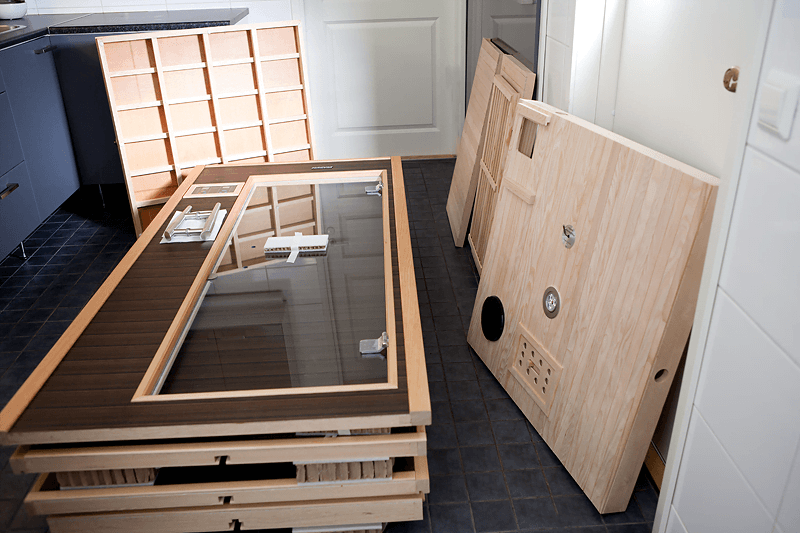
Pre-fabricated sauna kits such as the Harvia Radiant shown can be built at home in less than a day.
Buying a pre-fabricated sauna kit
There are many companies that manufacture sauna kits for building at home. Some of the most popular brands include:
- Harvia: is a Finnish sauna company that has been in business for over 60 years. Harvia are known for their high-quality sauna heaters and accessories, as well as their complete sauna packages.
- EOS: is another German sauna brand that specializes in sauna heaters and control units. They offer a wide range of products, from traditional wood-burning heaters to modern electric heaters.
- Tylo: is a Swedish sauna brand that has been in business for over 60 years. Tylo offer a range of sauna products, including sauna heaters, control units, and sauna accessories.
- Sentiotec: Renowned for its technological innovations, Sentiotec offers a range of traditional and infrared sauna cabins, heaters, and sauna accessories.
These wellness brands offer a range of pre-fabricated sauna kits in various sizes and styles. When shopping for a sauna kit, it’s a good idea to research the different brands and compare the features and prices to find the best option for your needs.
Planning permission for building a home sauna
Whether or not you need planning permission for a home sauna will depend on regulations in your area. In some cases, building a sauna may be considered a permitted development. This essentially means you won’t need to apply for planning permission as long as you meet certain requirements. Building within certain size limits and maintaining certain distances from property lines are examples of considerations.
In other cases, you may need to apply for planning permission to build a sauna at home. This is typically required if you are making significant changes to your property, such as extending a building, creating a new building or converting a room. It’s a good idea to check with your local planning authority to find out what the requirements are in your area.
It’s worth noting that even if you don’t need planning permission, you may still need to follow other building codes and regulations. If in doubt consult a professional to ensure that your home sauna is safe and compliant.
Insulating your sauna at home
All saunas need to be insulated to protect the surrounding area, to retain heat and reduce energy. To insulate your sauna at home, you can follow these simple steps:
- Measure the walls, ceiling, and floor of your sauna to determine the amount of insulation you’ll need.
- Choose an insulation material that is suitable for use in a sauna. Some good options include fibreglass, mineral wool, and foam insulation.
- Install the insulation in the walls, ceiling, and floor of the sauna. This can be done using adhesive or mechanical fasteners.
- Install a vapour barrier to prevent moisture from infiltrating the insulation. This is typically done by installing a layer of plastic sheeting over the insulation.
- Finish the walls, ceiling, and floor of the sauna with the desired materials, such as wood panelling or tiles.
It’s important to note that proper insulation is essential for the efficient operation of your sauna, as it helps to retain heat and reduce energy consumption.
Frequently asked questions
Is it costly to run a home sauna?
The cost of running a home sauna will depend how you heat the sauna and how often you use it. Electric heaters are generally the most affordable option to operate, as they only cost a few pence per hour to run.
Wood-fired heaters are more expensive to operate, as they require a larger amount of fuel to generate heat. Infrared heaters can heat up more quickly but are more costly to run continuously. You can cut the costs of running your home sauna by following these tips:
- Use an energy-efficient heater: Choose a heater that is designed to be energy-efficient, as this can help to reduce your energy costs.
- Insulate your sauna properly: Proper insulation can help to keep the heat inside the sauna. What’s more, it reduce the amount of energy needed to maintain the temperature.
- Use your sauna at off-peak times: If you have time-of-use electricity rates, you can save money by using your sauna during off-peak hours when energy rates are lower.
- Keep the door and windows closed: Make sure to keep the door and windows closed while the sauna is in use to help retain the heat.
How hot can my home sauna be?
The temperature of your home sauna will depend on the type of heater you are using and the size of your sauna. In general, traditional saunas are heated to a temperature of between 150 and 190 degrees Fahrenheit. Infrared saunas are typically heated to a lower temperature of between 120 and 150 degrees Fahrenheit. Notably, the temperature may also feel hotter or cooler depending on the humidity level and the ventilation of the sauna.
When setting the temperature in your home sauna, it’s a good idea to start with a lower temperature. Once you’re comfortable you can gradually increase it. It’s also a good idea to use a sauna thermometer to monitor the temperature. Finally, make sure to follow the manufacturer’s recommendations for the safe operation of your sauna heater.
Can I build a sauna in my garden?
Yes, it is possible to build a sauna in your garden. Building a garden sauna involves careful planning to ensure proper insulation, weather resistance, and ventilation. You’ll need to consider the type of foundation, the choice of wood, and the installation of necessary amenities like a heater and seating. Additionally, it’s crucial to check local building codes and regulations to ensure compliance and obtain any necessary permits.
Is it cheaper to build your own sauna?
Building your own sauna at home can be more cost-effective than purchasing a pre-made one, especially if you have some DIY skills. The overall cost will depend on factors such as size, quality of materials, design, and whether you require professional assistance. DIY home sauna kits are also available, providing the essential components for construction.
Can you build a sauna in a shed?
Yes, it is feasible to build a sauna in a shed. Converting a shed into a sauna requires careful consideration of insulation, ventilation, and electrical requirements. The shed should be well-ventilated to ensure proper air circulation and moisture control. Additionally, the choice of materials for insulation and interior surfaces is crucial to creating a comfortable and safe sauna environment. Adequate planning and adherence to safety standards are essential when repurposing a shed for a sauna.
Can I build a sauna in my basement?
Many people opt to build a sauna in the basement. Converting a basement into a home sauna involves challenges such as humidity control and proper ventilation. Adequate insulation and moisture-resistant materials are crucial to prevent mould and mildew. Installing proper ventilation systems and ensuring compliance with building codes are essential steps in creating a functional and comfortable basement sauna.

